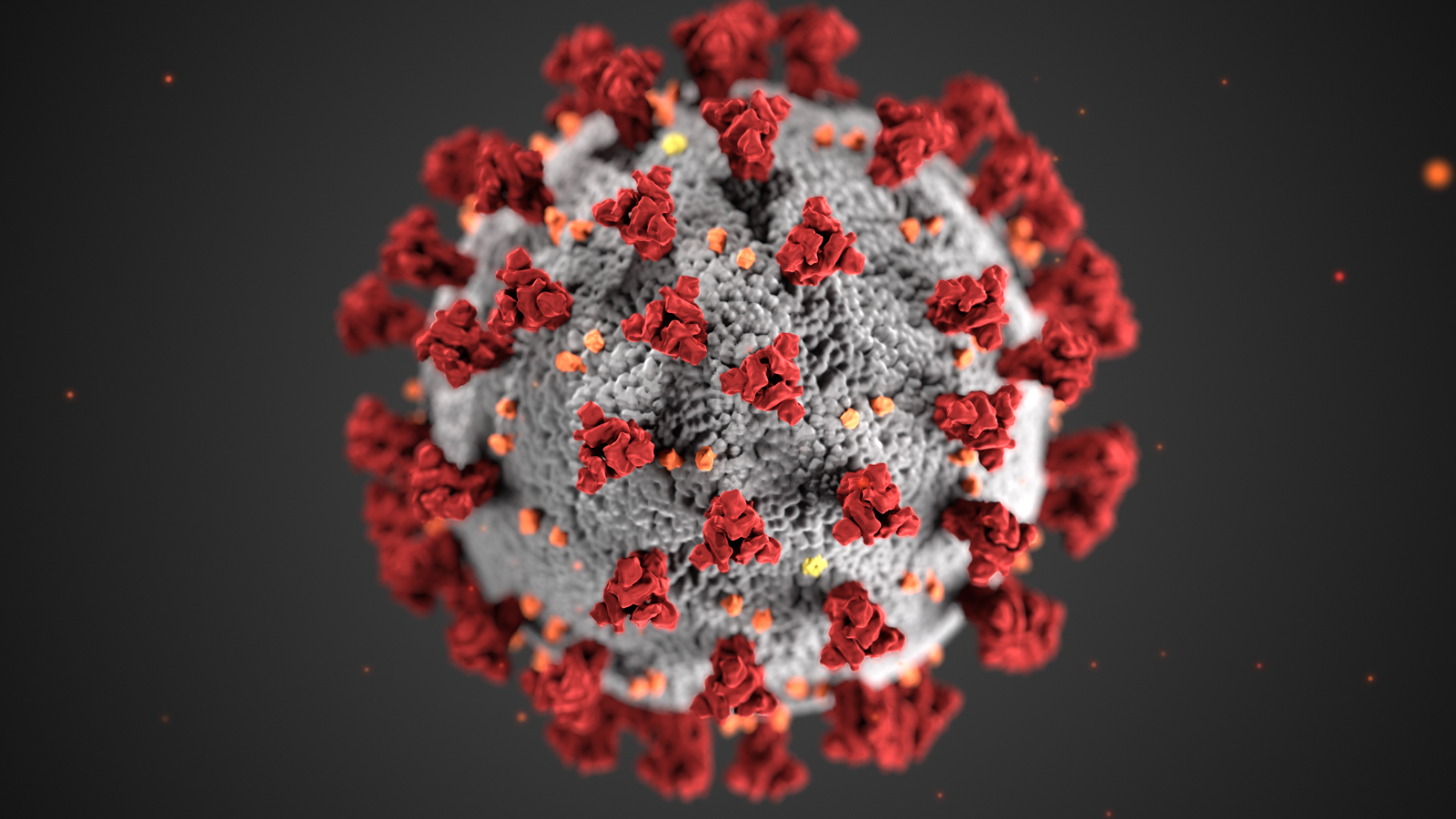COVID-19 came from space, the strange idea of a British astronomer!
Covid-19 : Chandra Wickramasinghe and other scientists propose that the new coronavirus reached Earth in a meteorite that struck China in October.

Scientists are attracted to strange ideas. Many of them, after being tested with experiments, change the way of looking at the world and become official truths. However, that open-mindedness has little to do with the motives of the conspirators. Karl Popper, perhaps the first to use the term “conspiracy theory”, already defined it as a vision in which everything that happens is determined by the direct will of some individuals. Scientists do not believe that anyone runs the universe and assume that there are deep secrets to learn while conspirators simplify reality by saying that everything is easily explained by the existence of deep secrets. Masons, Jews, Bilderberg. Then there’s Chandra Wickramasinghe.
Wickramasinghe was the disciple of Fred Hoyle, another heterodox scientist. Hoyle is the father of the theory of nucleosynthesis, the explanation of how from neutrons and protons all known elements were cooked inside stars, including those fundamental to life such as oxygen or carbon.
In 1978, Wickramasinghe and Hoyle presented their theory of panspermia to the world. Life had not started on Earth; it came aboard meteorites or comets that carried particles of life floating in the cosmic dust. The hypothesis had fascinating ramifications. Among other things, Some attribute to Hoyle’s stubbornness with these ideas the fact that when the Swedish academy awarded a Nobel Prize for nucleosynthesis, his name did not appear among the winners.

Hoyle died in 2001, but Wickramasinghe, who has been Professor of Applied Mathematics and Astronomy at Cardiff University for more than three decades and has more than 70 articles published in Nature, has continued to combine his more orthodox work with his outlandish ideas. His latest impact article, published in Advances in genetics magazine, affirms that the current coronavirus pandemic has its origin in space. Specifically, it arrived in a meteorite that fell in northeast China on October 11, 2019.
According to Wickramasinghe and his colleagues, the rapid spread of the disease in the area and the appearance of cases far from Wuhan would be better explained with a species bombardment from space than in a conventional way, from a virus jump from animals to humans.
In previous articles, he has argued that a spatial origin would be the most reasonable explanation for the behaviour of the influenza pandemic of 1918 and the same happens with the outbreak of the first SARS. Then, in a letter published in The Lancet magazine, he stated that, although the virus seemed not very infectious, outbreaks could occur due to the residual presence of the pathogen in the stratosphere.
In addition, he suggested that the virus could return seasonally, once a year, as meteor showers happen when they cross the region of space in which a cloud of particles is floating after the passage of a comet.
Wickramasinghe has published in the best scientific magazines in the world, but his strange ideas do not explain reality better than the official account. Humans have lived with coronaviruses with structures similar to those of SARS-CoV-2 for a long time (the first was isolated in 1965) and in the vicinity of Wuhan, bats with species that may explain the current pandemic have been found.
Viral infections have been known to affect humans and their ancestors for millions of years and evolutionary theory offers a good explanation for the appearance of new species of these beings that are not fully alive.
Wickramasinghe has been arguing for years that some major pandemics such as the Spanish flu in 1918 or SARS in 2002 have an extraterrestrial origin.

Furthermore, Wickramasinghe has shown that he is capable of clinging to unsubstantiated studies when they serve to support his panspermic theory. In 2003, it did so when the Indian physicists Godfrey Louis and Santhosh Kumar stated that a red shower observed in Kerala was due to the arrival of particles of biological origin that arrived on Earth on a comet. Later studies have shown that the dye was due to terrestrial algae.
Other data not too well explained that the few who still defend the continuous arrival of microbes from space remember is the presence of microscopic living beings in the stratosphere, at more than 18 kilometres of altitude. Although there are hypotheses to explain its arrival from the lower layer of the atmosphere, there is a certain uncertainty that those who prefer more iconoclastic theories take advantage of.
Their study is unlikely to help understand the onset and behaviour of pandemics, but it may be a good place to imagine extraterrestrial life. The consensus is more a political than a scientific virtue and strange ideas will always have a place in science, even if it is to make them fall off a donkey.




